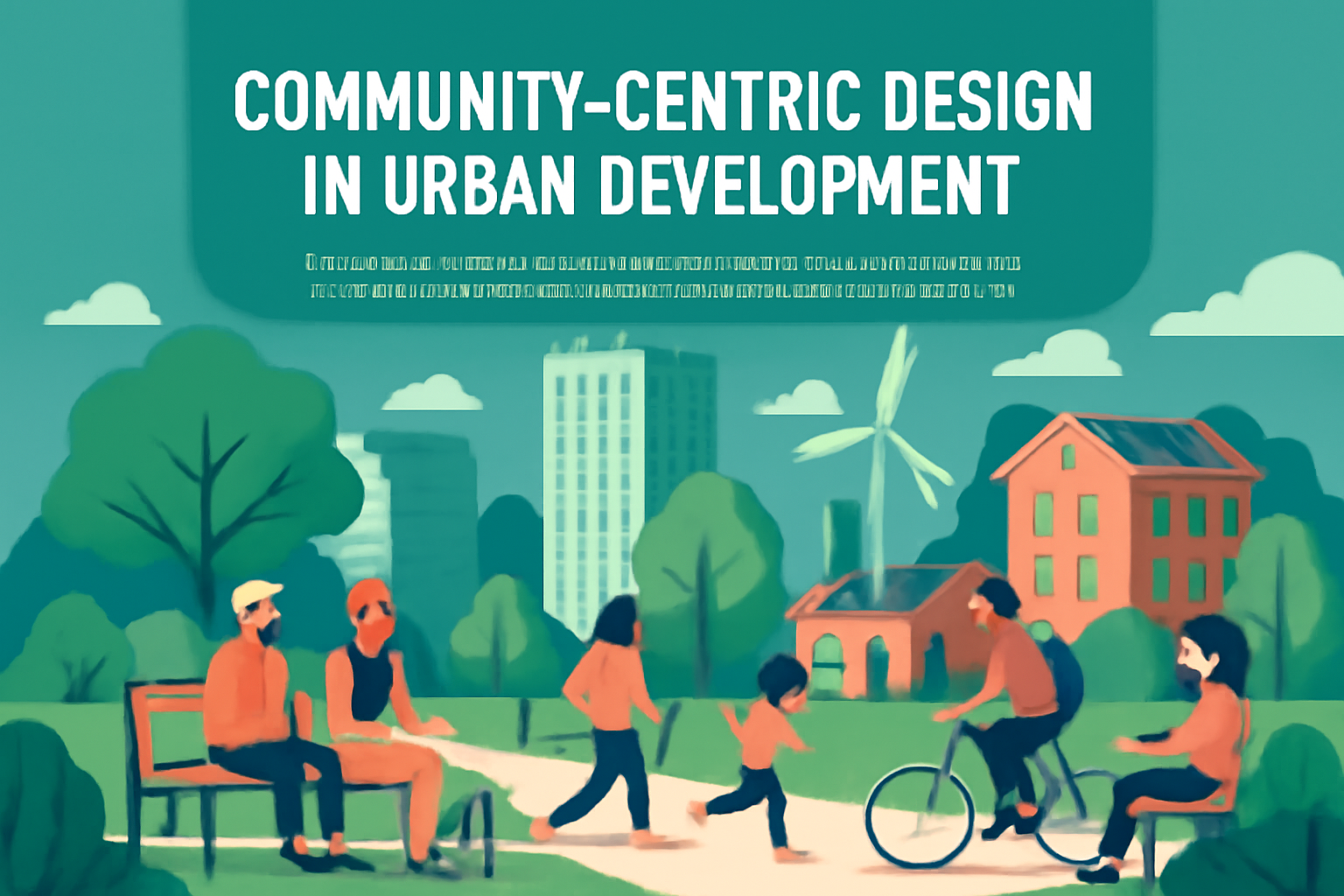Location
Mount Vernon, WA 98274
Location
Mount Vernon, WA 98274

In a world increasingly focused on sustainability and community well-being, community-centric design emerges as a key player in urban development. This approach prioritizes the needs and desires of local residents, fostering a sense of belonging while enhancing the functionality of urban spaces.
The concept of community-centric design is gaining traction as cities seek to create environments that resonate with their inhabitants. Unlike traditional top-down urban planning models, which often overlook the voices of local residents, community-centric design emphasizes collaboration, inclusivity, and sustainability. This approach not only transforms physical spaces but also strengthens social ties and fosters a sense of ownership among residents.
One recent example is the revitalization of Detroit’s neighborhoods, where community input has been integral to the redesign of parks and public spaces. Initiatives such as the Detroit Parks and Recreation department’s community engagement efforts have led to the transformation of underutilized lots into vibrant community gardens and recreational areas. These projects aim to not only beautify the area but also provide residents with spaces that cater to their needs and preferences.
Moreover, community-centric design is closely linked to the principles of social equity. Urban planners are increasingly recognizing that the benefits of urban development should be accessible to all residents, not just a privileged few. By engaging with diverse community members, planners can identify historical inequities that need addressing and ensure that new developments serve to uplift rather than displace existing communities.
In addition to fostering social inclusivity, this design philosophy often incorporates sustainable practices. For instance, the use of local materials and sustainable construction techniques not only reduces the environmental impact of new buildings but also supports local economies. By investing in community resources, cities can create jobs and promote economic growth while enhancing the quality of life for residents.
One notable project is the High Line in New York City, a former elevated railway transformed into a public park. This project exemplifies community-centric design by prioritizing the input of local stakeholders throughout its development. The High Line not only revitalized a forgotten space but also became a model for other cities seeking to incorporate green spaces into dense urban environments.
As urban areas continue to evolve, the importance of community-centric design will only grow. By prioritizing the voices of residents and focusing on sustainable, inclusive practices, cities can create spaces that reflect the unique character of their communities while promoting overall well-being. The future of urban development lies in designs that not only accommodate but celebrate the people who call these spaces home.